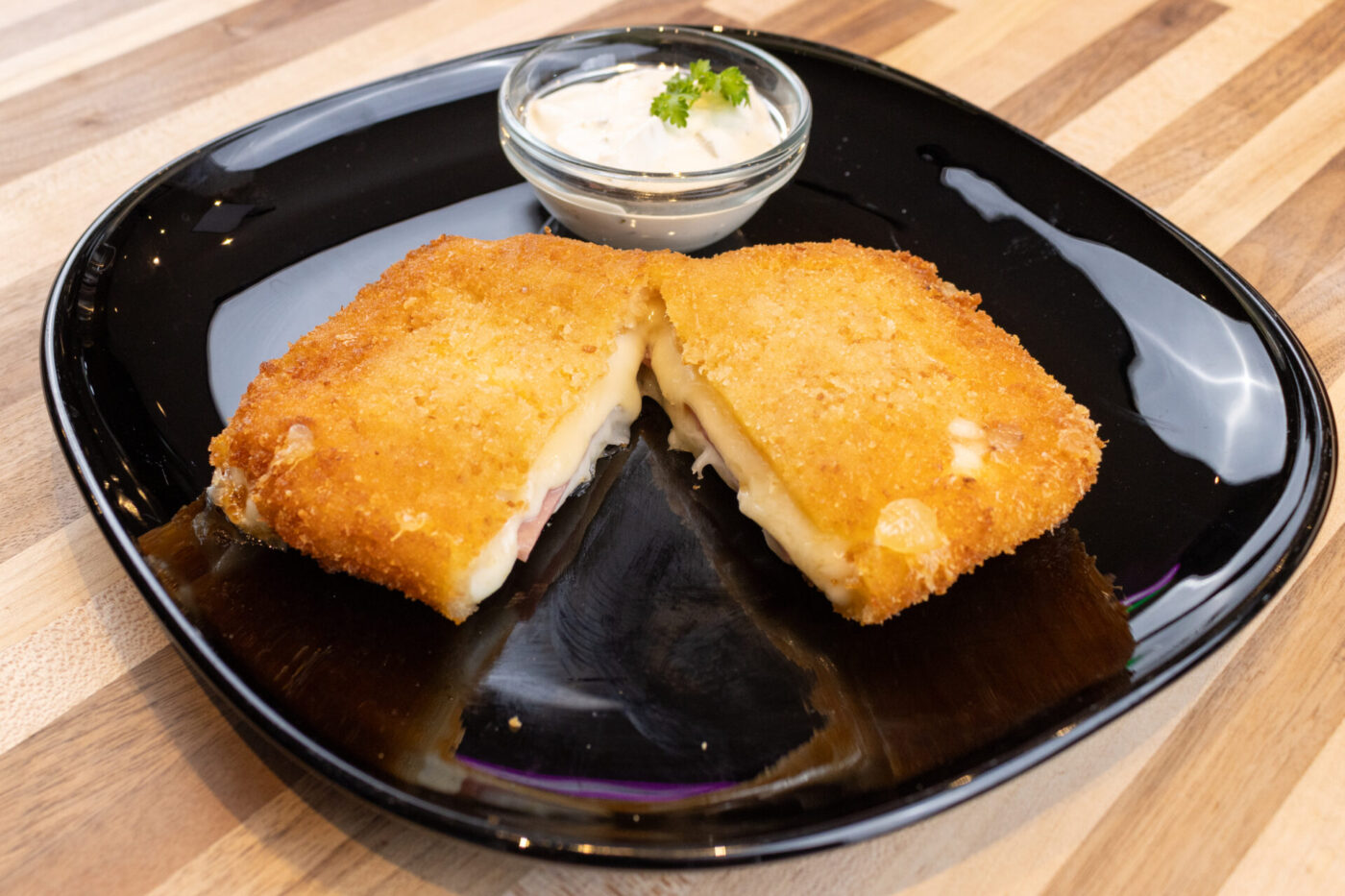Read More: Nutritional Information on Czech Tartar Sauce Tatarka
Key Macronutrients
- Fat (High): This is the dominant macronutrient in Tatarka, and it almost entirely comes from the mayonnaise. Mayonnaise is typically made from oil, egg yolks, and an acid (vinegar or lemon juice – or, in this Czech version, pickle juice).
- Type of Fat: The specific type of fat depends on the oil used in the mayonnaise. Most commercially available mayonnaise is made with soybean oil or canola oil, which are high in polyunsaturated fats, including omega-6 fatty acids. Some mayonnaises use olive oil, which would increase the monounsaturated fat content. Regardless, expect a substantial amount of fat.
- Saturated Fat: There will be some saturated fat present, primarily from the egg yolks in the mayonnaise.
- Overall: Tatarka is a high-fat condiment. This isn’t inherently “bad,” but it’s important to be mindful of portion sizes, especially if you’re watching your overall fat or calorie intake.
- Carbohydrates (Low): Tatarka is not a significant source of carbohydrates.
- Mayonnaise: Mayonnaise itself usually contains very little carbohydrate, perhaps a trace amount from added sugar or the acid component.
- Onion and Pickle: The chopped onion and dill pickle contribute a small amount of carbohydrates, primarily from natural sugars and a tiny bit of fiber.
- Overall: The total carbohydrate content is low, making it suitable for low-carb diets.
- Protein (Low): Tatarka is also low in protein.
- Egg Yolks: The primary source of protein is the egg yolks in the mayonnaise, but the amount is relatively small per serving.
- Overall: Don’t rely on Tatarka for any meaningful protein contribution to your diet.
Key Micronutrients (Limited)
Tatarka is not a significant source of vitamins and minerals.
- Mayonnaise: May provide some vitamin K and vitamin E, depending on the oil used. However, the amounts are usually not substantial.
- Dill Pickles: May offer a small amount of vitamin K and some electrolytes (sodium, potassium) from the pickling process.
- Onion and Garlic: Provide trace amounts of various vitamins, minerals, and antioxidants, but in the small quantities used in Tatarka, the contribution is minimal.
- Overall: Tatarka is not a food you would eat for its micronutrient content.
Other Nutritional Considerations
- Sodium (Moderate to High): The sodium content can vary, but it’s generally moderate to high due to the salt in the mayonnaise and the dill pickle juice. Individuals on sodium-restricted diets need to be particularly careful.
- Cholesterol: The cholesterol content comes from the egg yolks in the mayonnaise. While dietary cholesterol has less of an impact on blood cholesterol than previously thought for most people, those with specific health concerns may need to be mindful.
- Additives: Commercially produced mayonnaise (and therefore, Tatarka made with it) may contain additives like preservatives, stabilizers, and flavor enhancers. If you’re concerned about these, look for mayonnaise made with simple, recognizable ingredients, or make your own.
- Allergens: The primary allergen is egg, from the mayonnaise. Some mayonnaises may also contain soy or mustard, which are other potential allergens.
- Vegetarian Status: The recipe provided, and most traditional Tatarka recipes, are vegetarian (lacto-ovo vegetarian, as they contain egg). Vegan versions are possible by using vegan mayonnaise.
- “Healthy” Fats: While Tatarka is high in fat, the type of fat matters. Mayonnaises made with healthier oils (like olive oil or avocado oil) will provide a better fatty acid profile than those made with soybean or canola oil. However, these are often more expensive.
The Role in a Meal
Tatarka is a condiment, meant to be used in moderation. A typical serving size might be 1-2 tablespoons. It’s commonly served with fried foods (like fried cheese, schnitzel, or fish and chips), which are themselves often high in fat and calories. The overall nutritional impact of a meal will depend on the entire plate, not just the Tatarka.
Czech Tatarka vs. Other Tartar Sauces
The key difference between Czech Tatarka and other tartar sauces (like those found in the US or UK) is the use of dill pickle juice instead of lemon juice. This primarily affects the flavor profile (giving it a more pronounced dill flavor), but the overall nutritional profile remains largely the same. The use of dill pickles (rather than, say, sweet relish or capers) is also characteristic.
In Conclusion
Czech Tatarka, as typically made, is a high-fat, low-carbohydrate, low-protein condiment. Its primary nutritional contribution is fat, and its calorie content comes mostly from that fat. It’s not a significant source of vitamins, minerals, or fiber. It should be used in moderation as part of a balanced diet. The healthfulness of a meal containing Tatarka depends greatly on the other foods it’s served with. If you’re concerned about fat, calories, or sodium, be mindful of portion sizes.


Share
Click on the icons below to share "Title of the item to share"